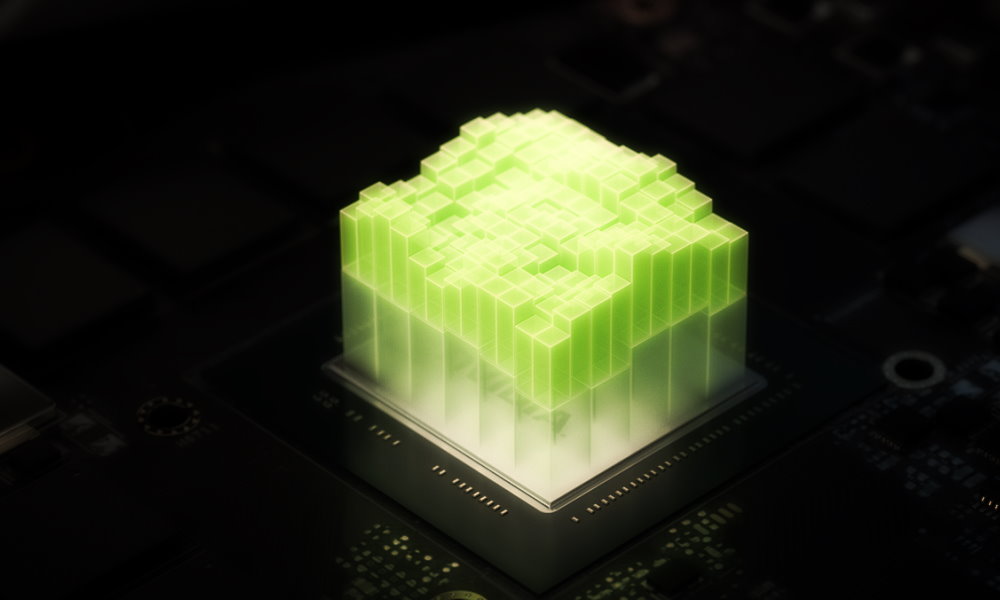A few days ago, information appeared on the GeForce RTX 40 and Radeon RX 7000, which ensured that both would use the TSMC 4N node, and unfortunately this led to many misinterpretations that assumed we were talking about 4nm. This is not true, both series will use a 5nm TSMC node.
I know what you think, why are we talking about node 4N? Well, it’s very easy to explain, because this nomenclature actually refers to an improved 5nm node, i.e. optimized version of the original 5nm TSMC node. It’s nothing new, more than one semiconductor manufacturer has used this approach on more than one occasion to create more attractive products for their customers, but they still generate misunderstandings among consumers.
Semiconductor manufacturing nodes or manufacturing processes, as you want to call them, play a very important role because the most advanced are the smallest. The 7nm node is therefore more advanced than the 10nm node and the 5nm node is also above the 7nm node. Shrinkage allows you to create more powerful and efficient chips and also reduces their impact on the wafer, because in the end they take up less space.
This simple explanation allows us to understand the commotion that has arisen with this information. Think that the GeForce RTX 40 and Radeon RX 7000 could use a 4nm node it was a significant jump from the 5nm knotbut in the end everything was a mistake resulting from a misinterpretation, as we have already stated.
GeForce RTX 40 and Radeon RX 7000: What does it mean to use your own 5nm node?


This means that both series of graphics cards will use their own production process tailored to your needs. This adds layer of specialization, which can ultimately have very positive consequences both in terms of performance and optimization, and approach the benefits we would gain from using a smaller node.
However, we must keep in mind that this improved 5nm node may not be present in all GeForce RTX 40s and not in all Radeon RX 7000 series models. According to some sources I have had the opportunity to consult, NVIDIA and AMD they could reserve this node for top models, and resort to other less advanced nodes for middle and lower class models.
In the case of the GeForce RTX 40, only that one GeForce RTX 4080 and GeForce RTX 4090 will use this node, while in the case of AMD it will be limited to Radeon RX 7900XT and Radeon RX 7800XT, which will be exactly the ones that will use a modular GPU with two chipsets. The rest of the models will be manufactured under a 6nm node, at least in theory. However, the Hopper is manufactured in 4nm, as we told you at the time in this article.